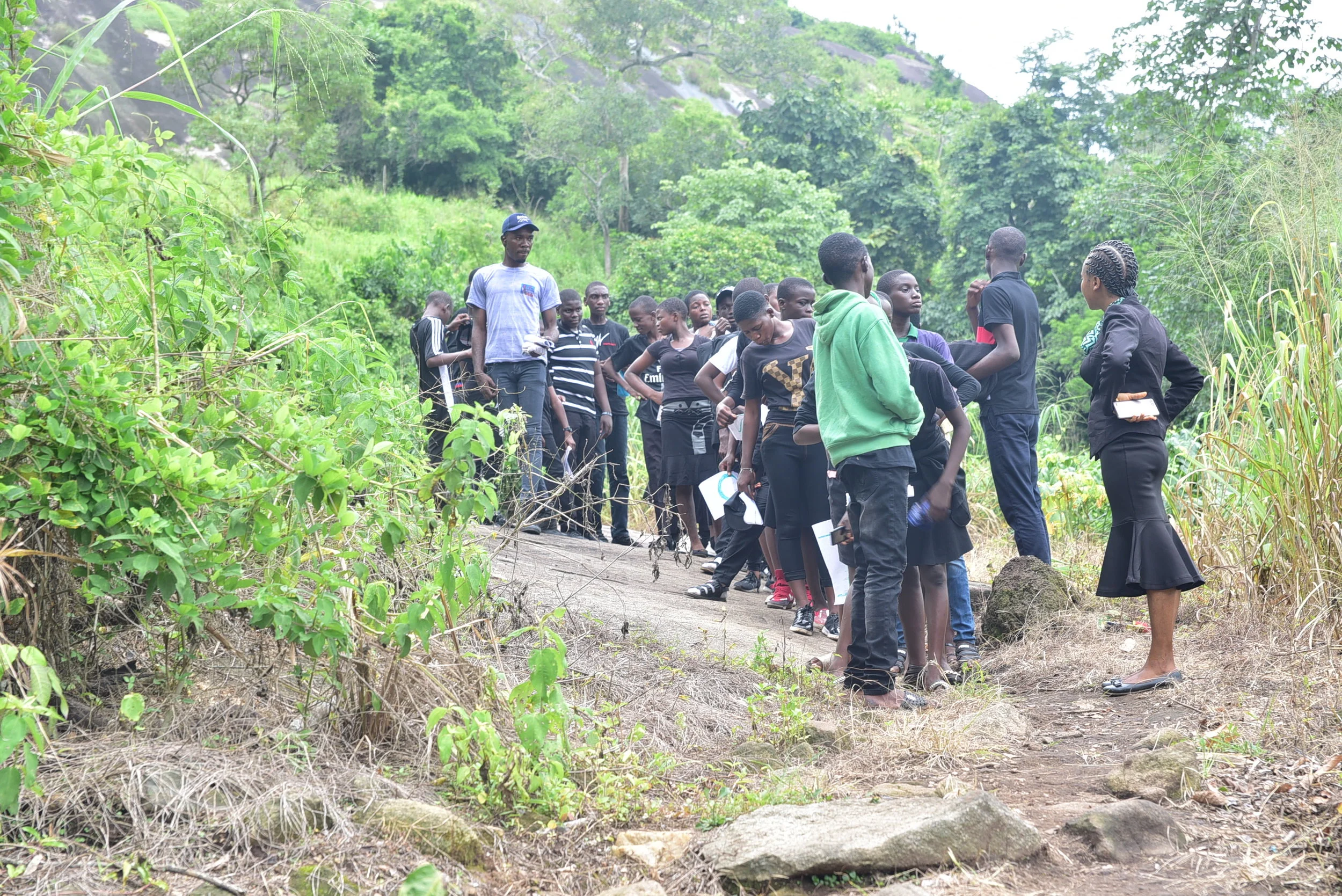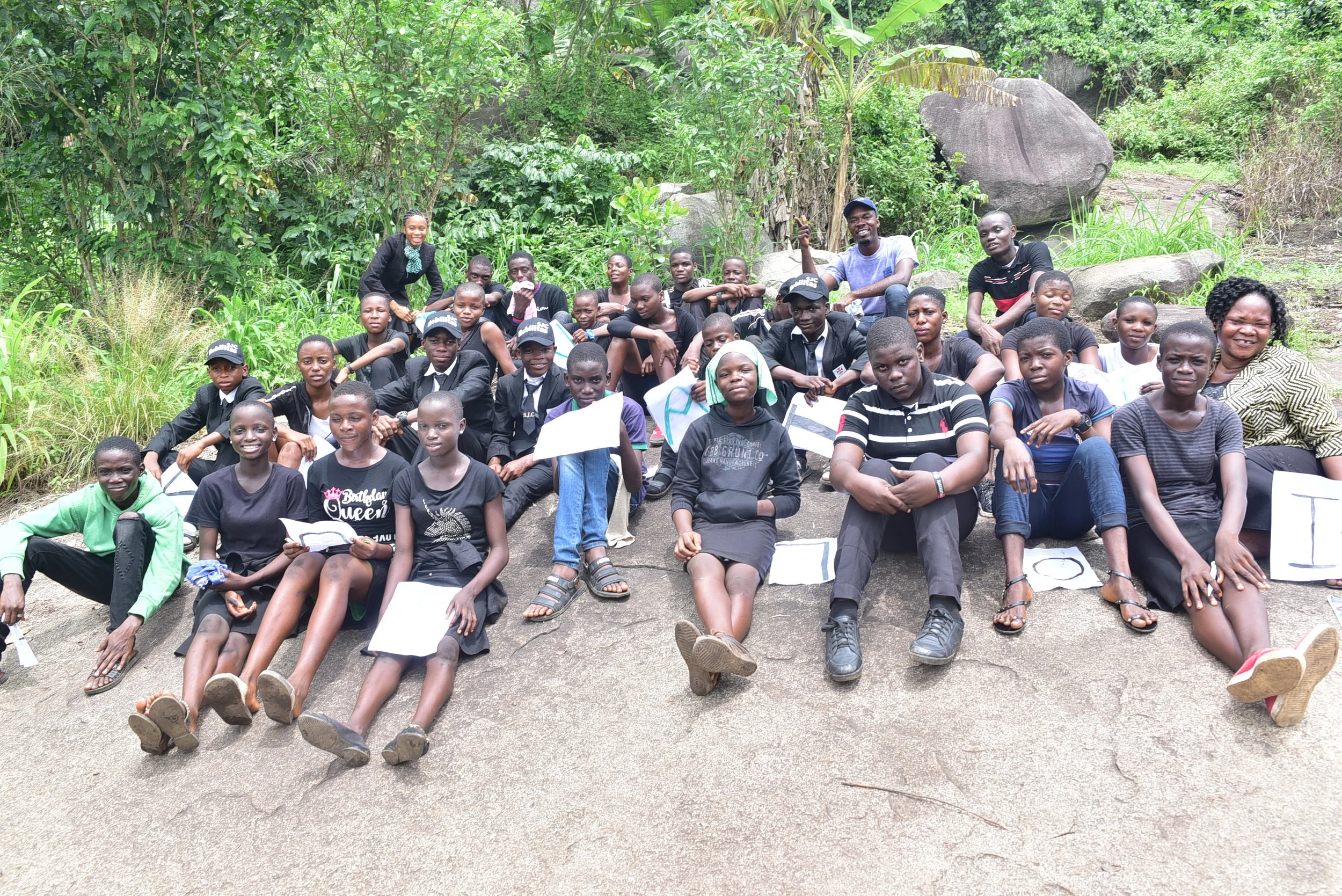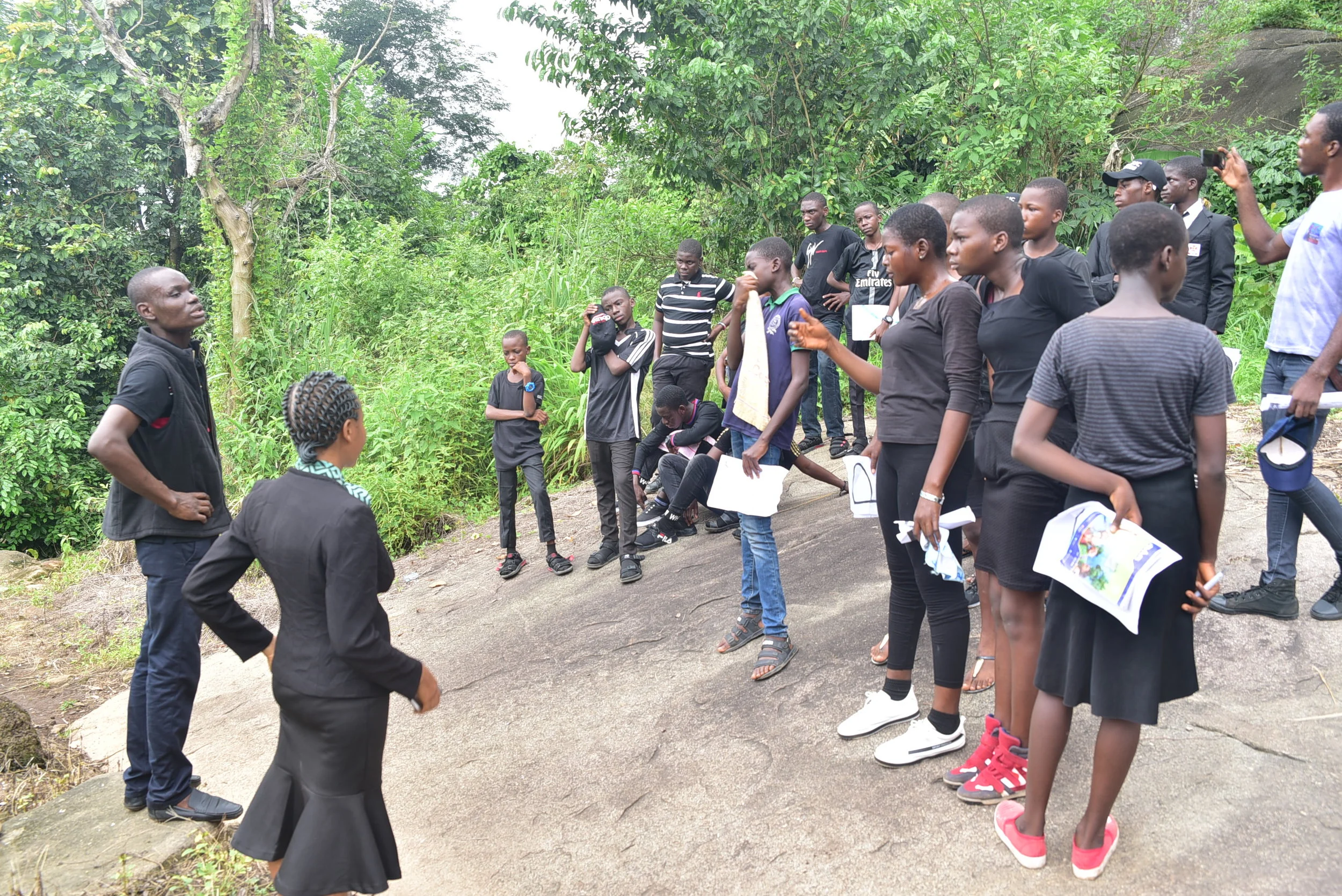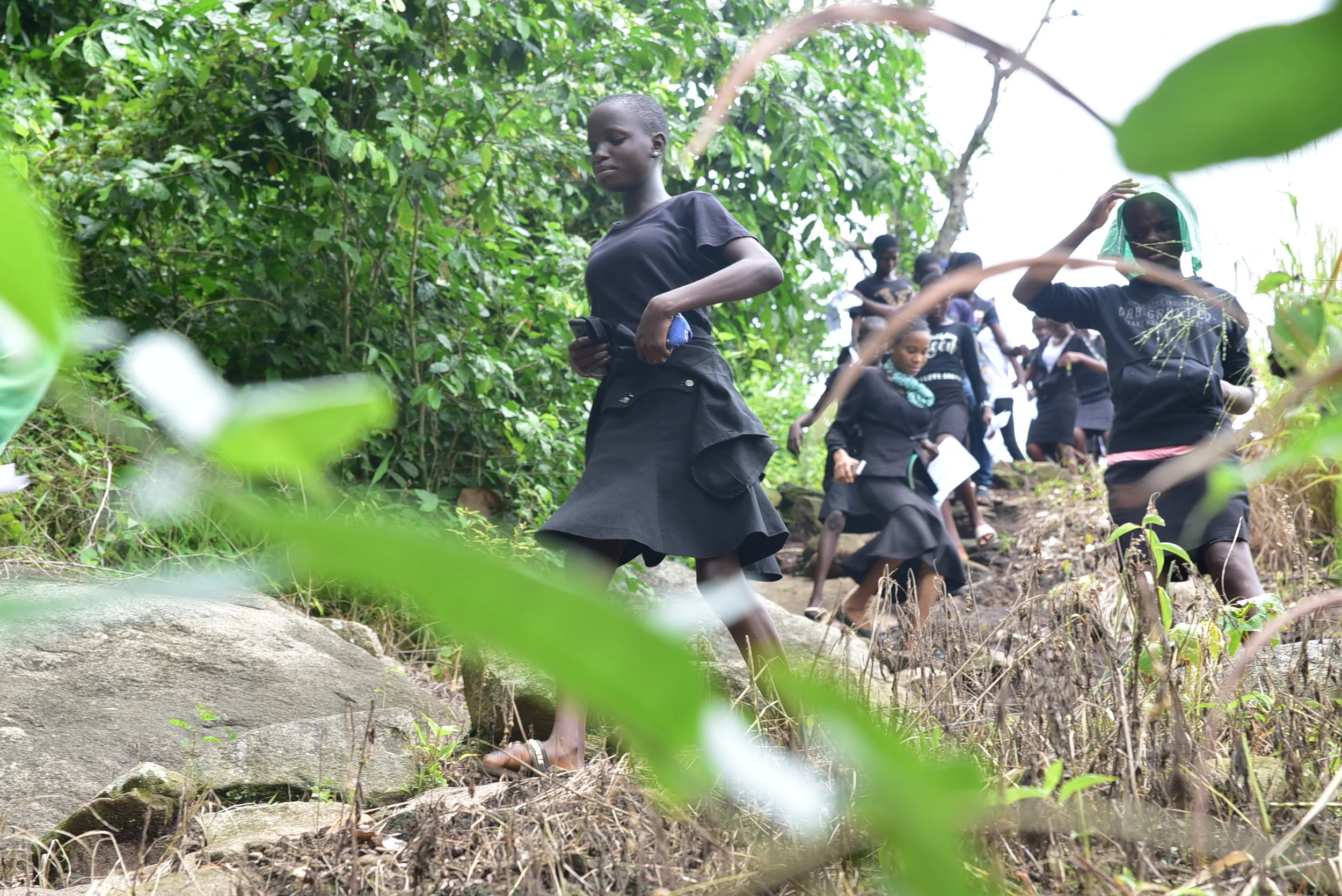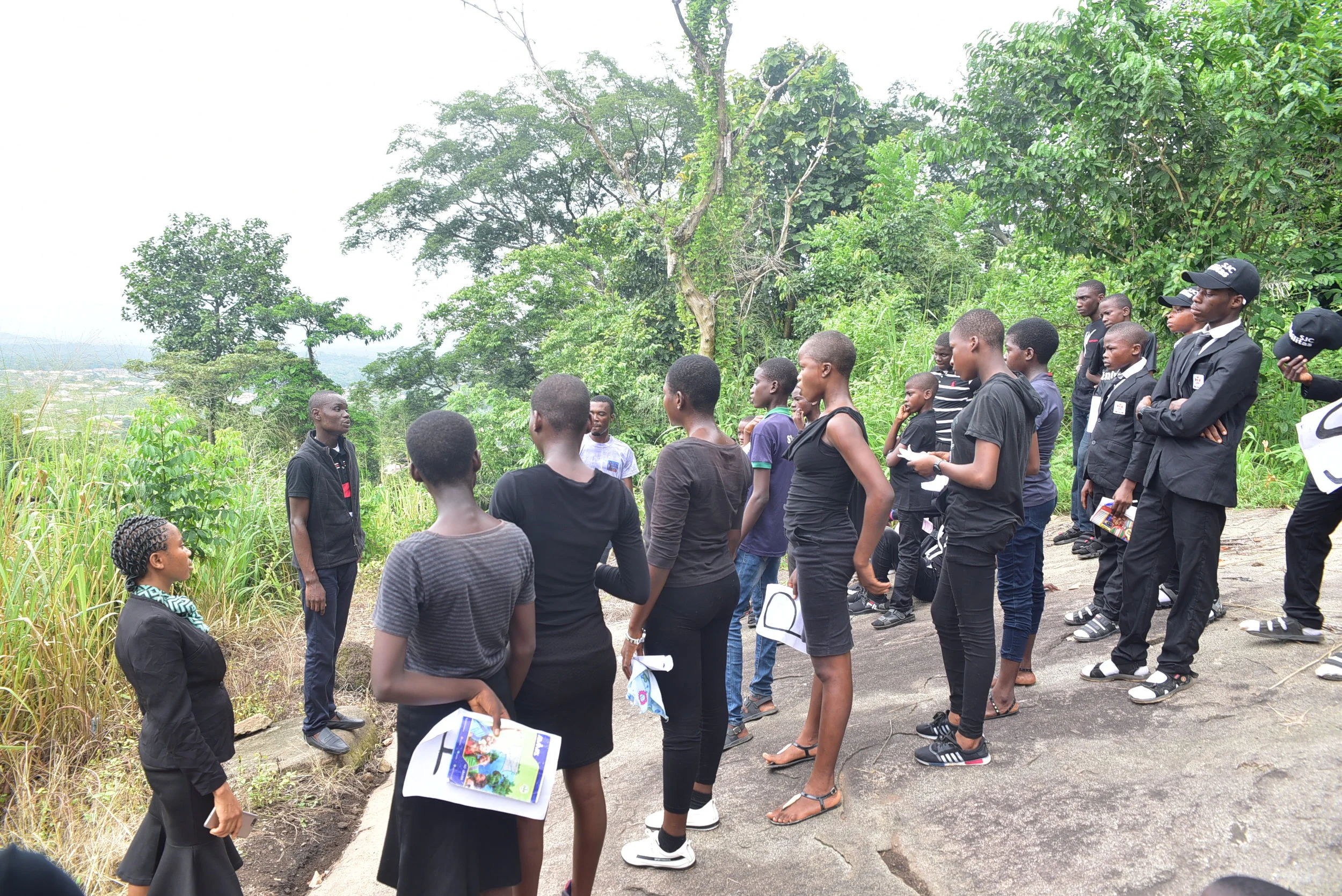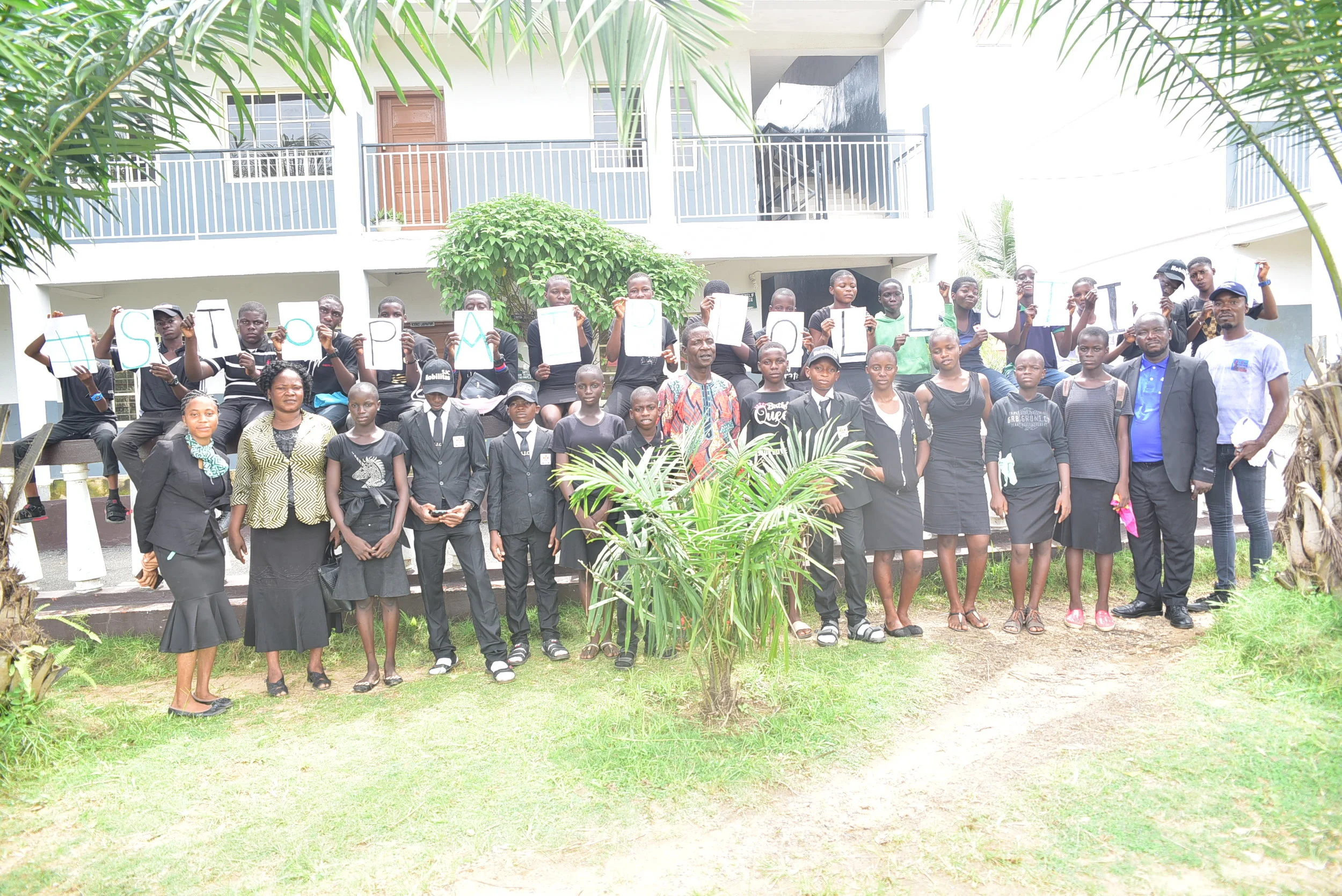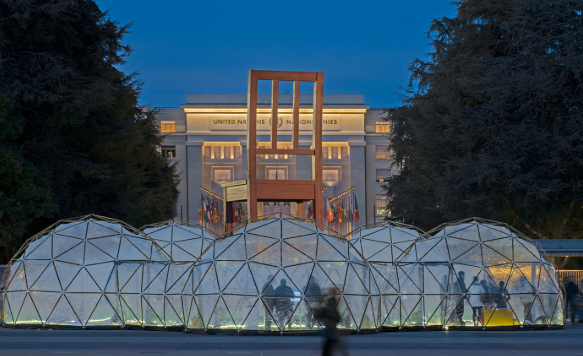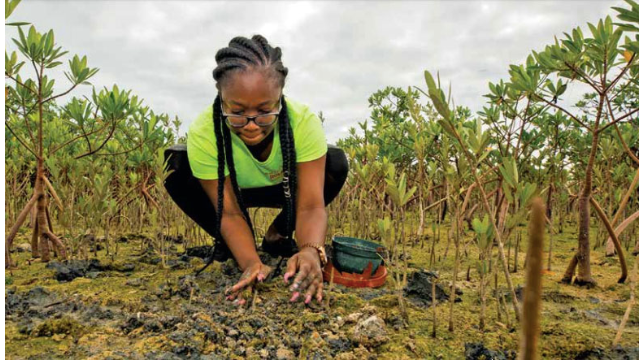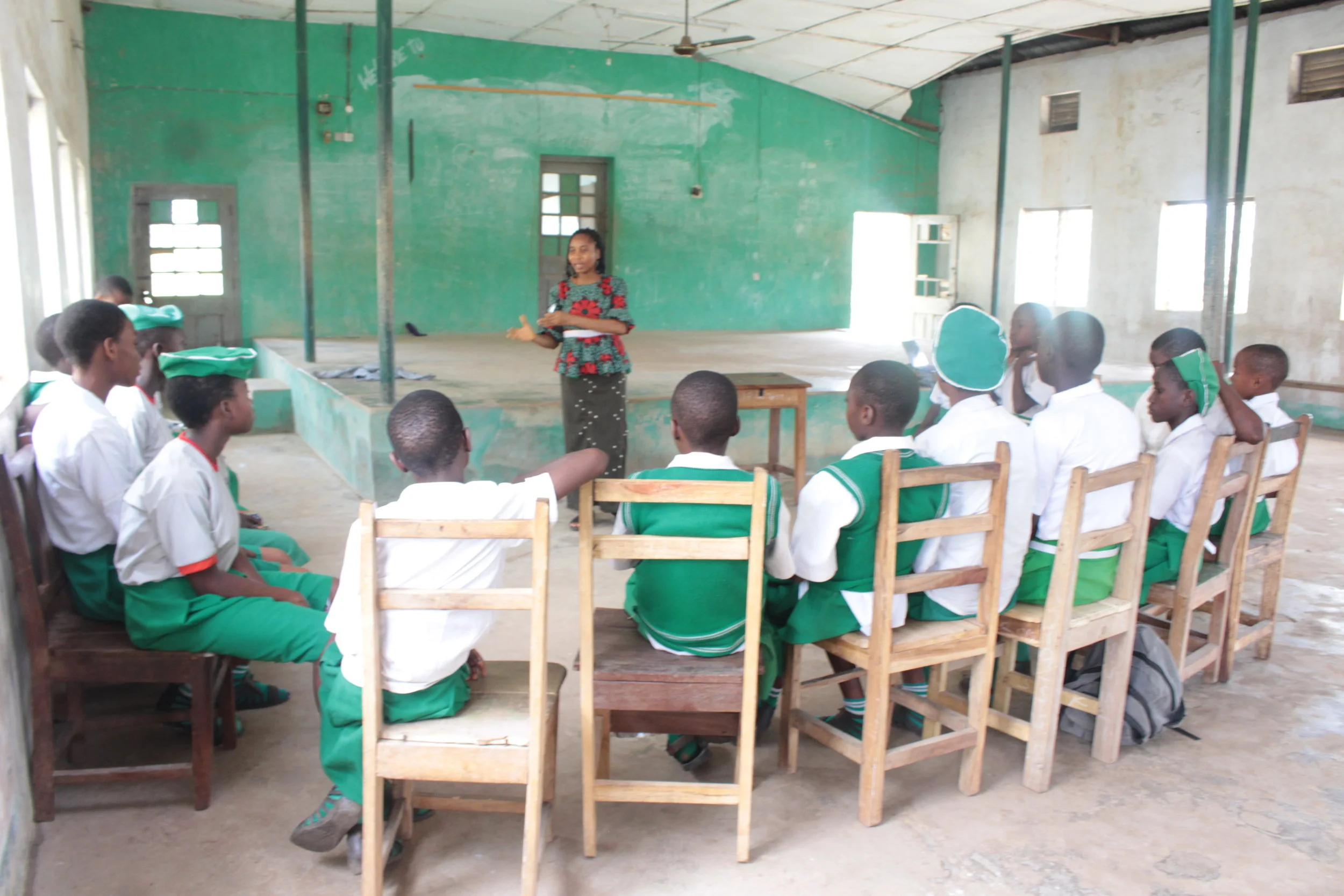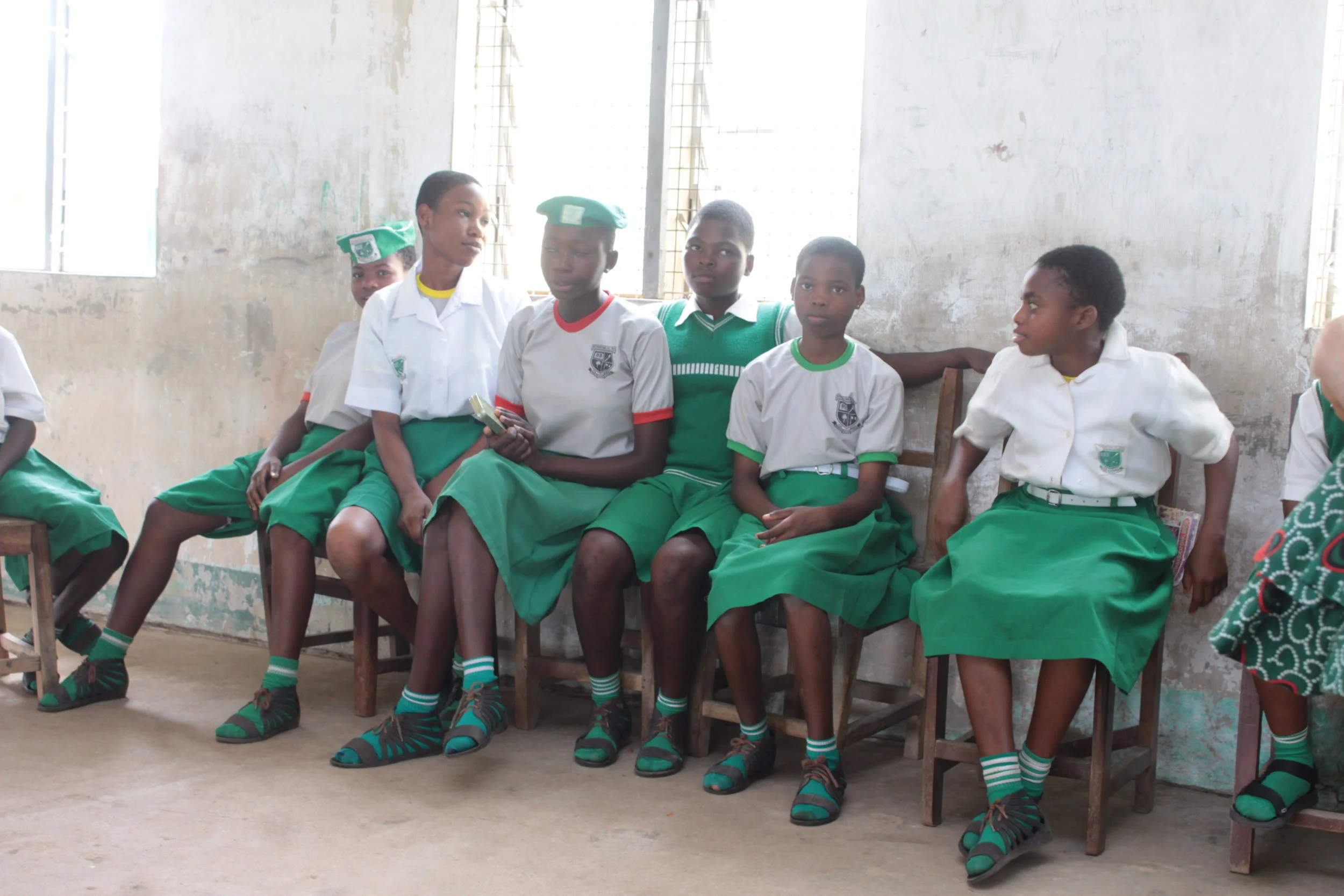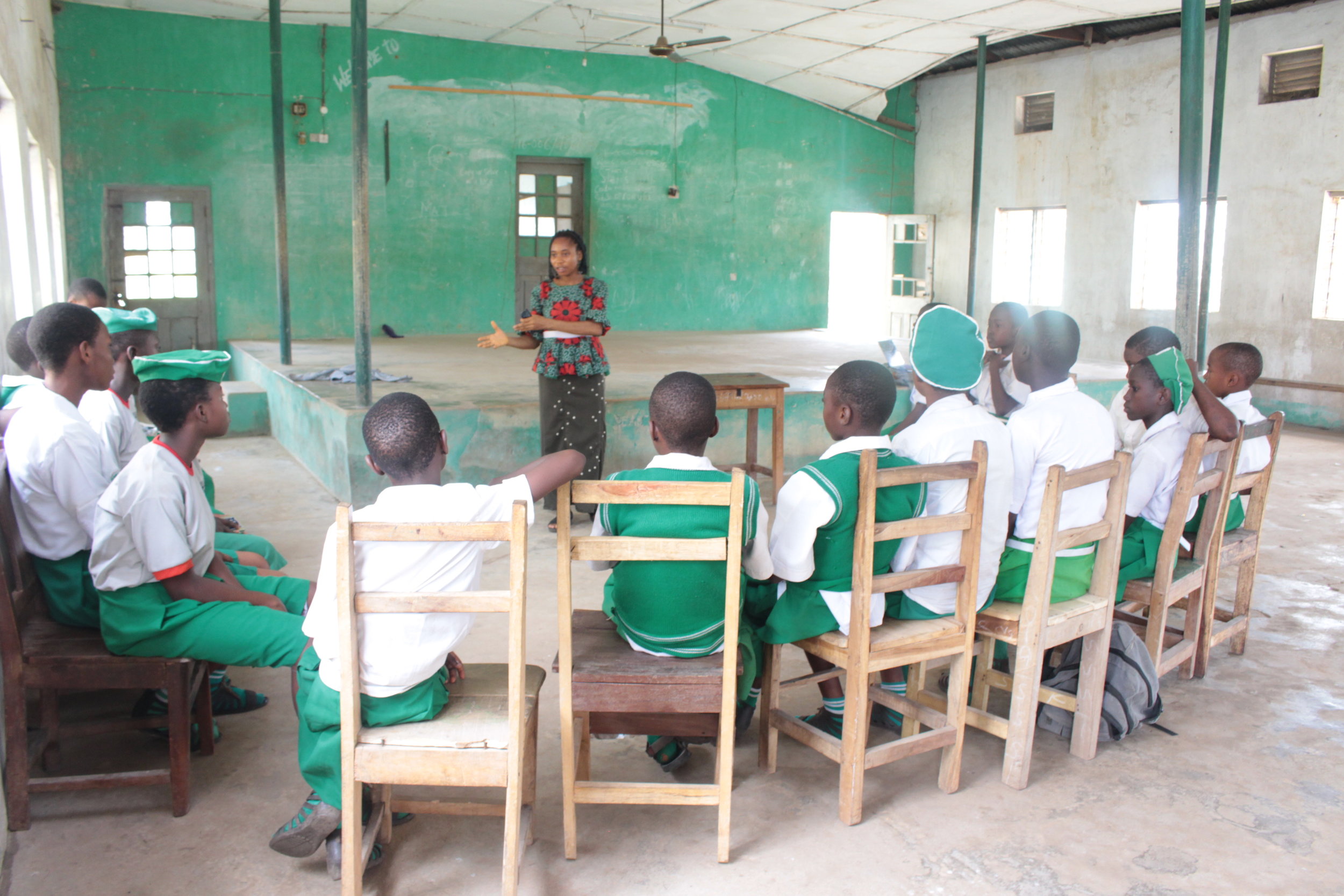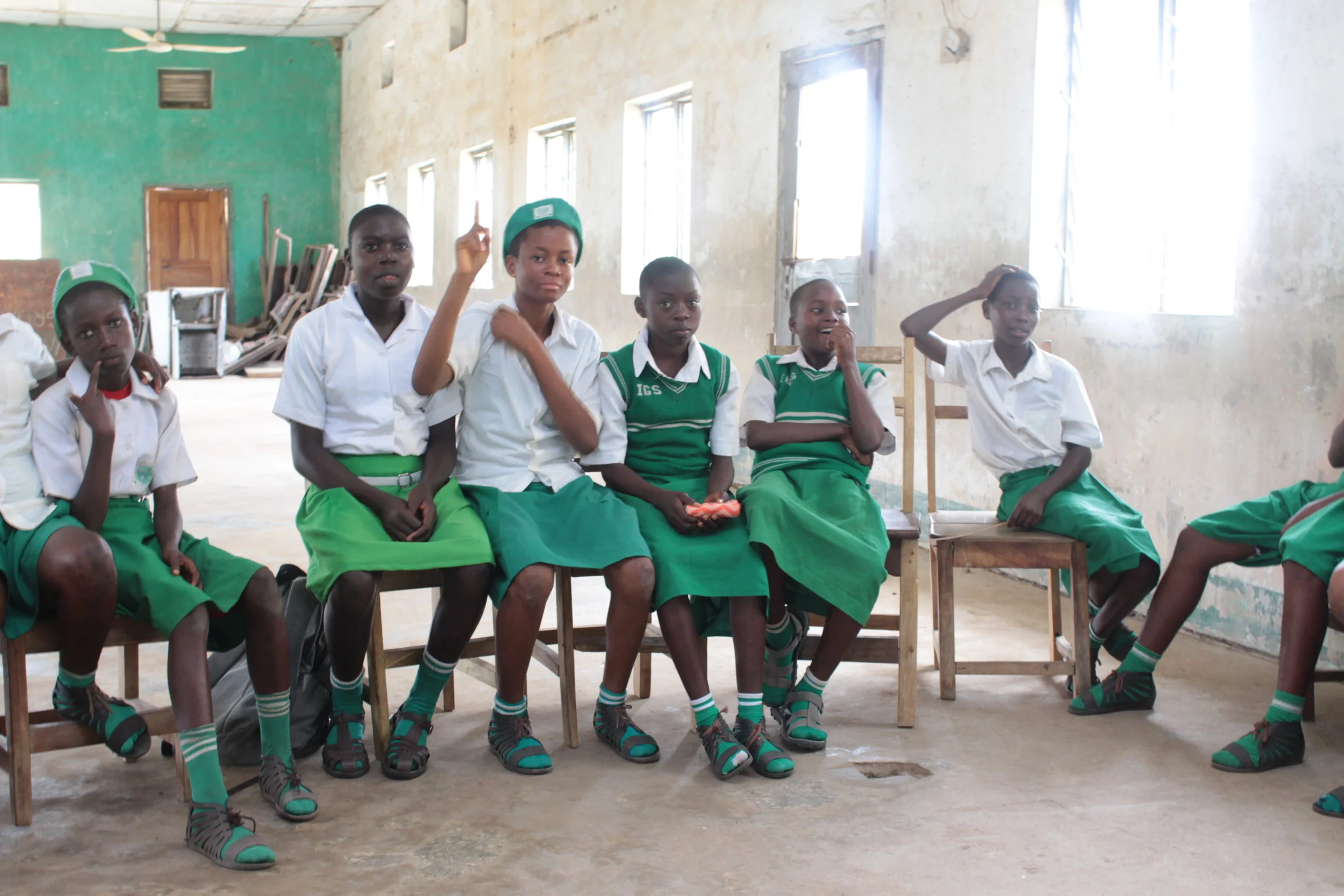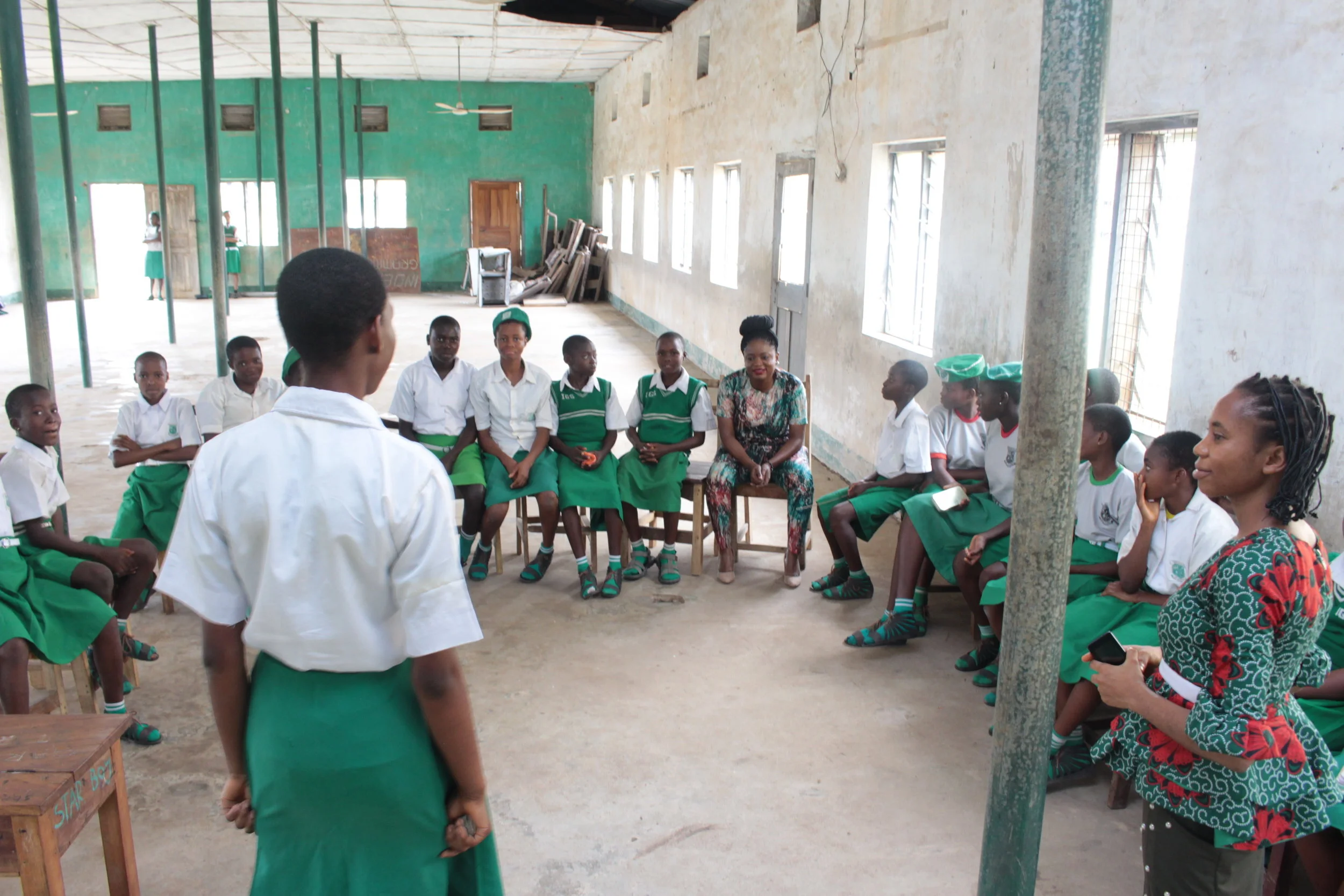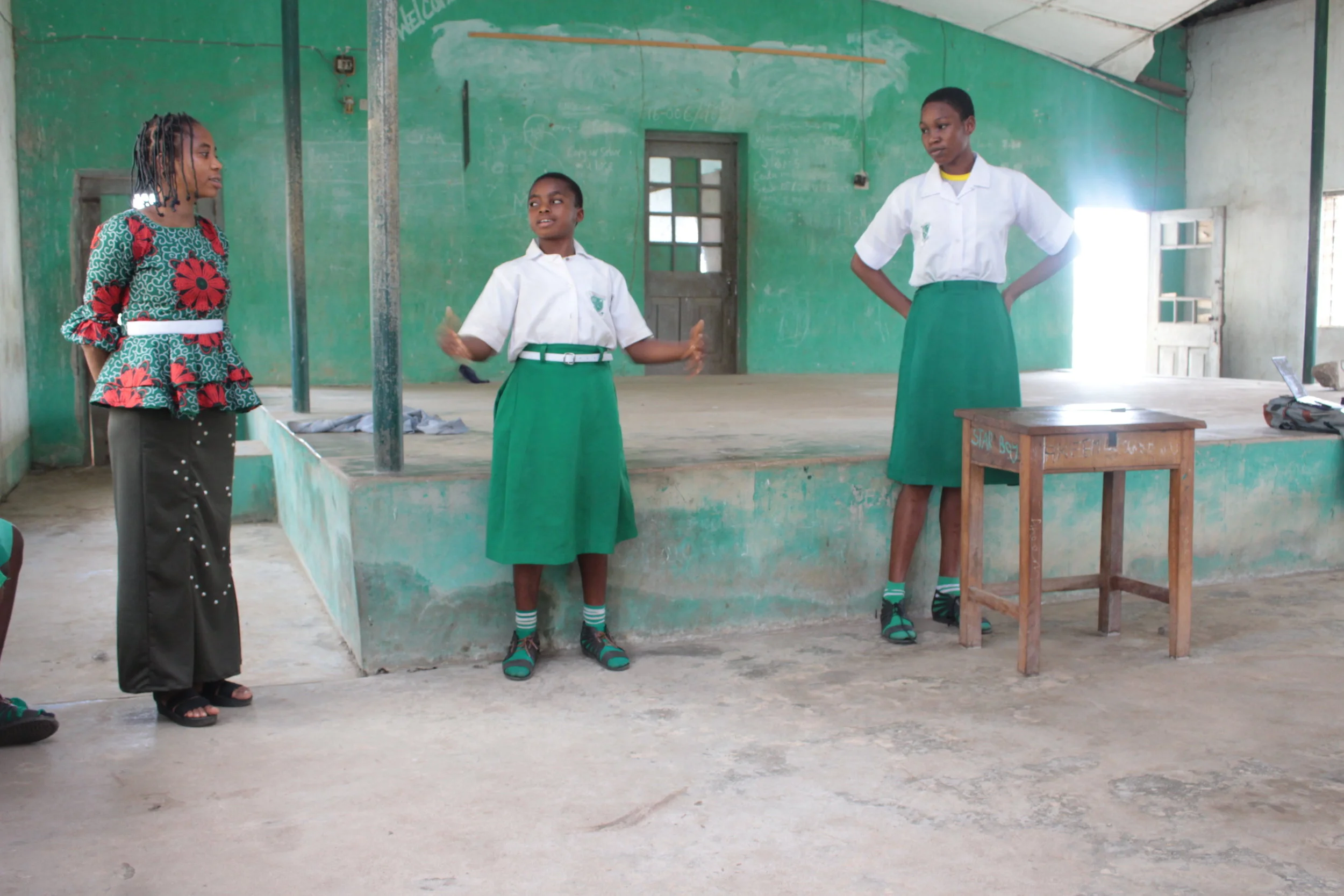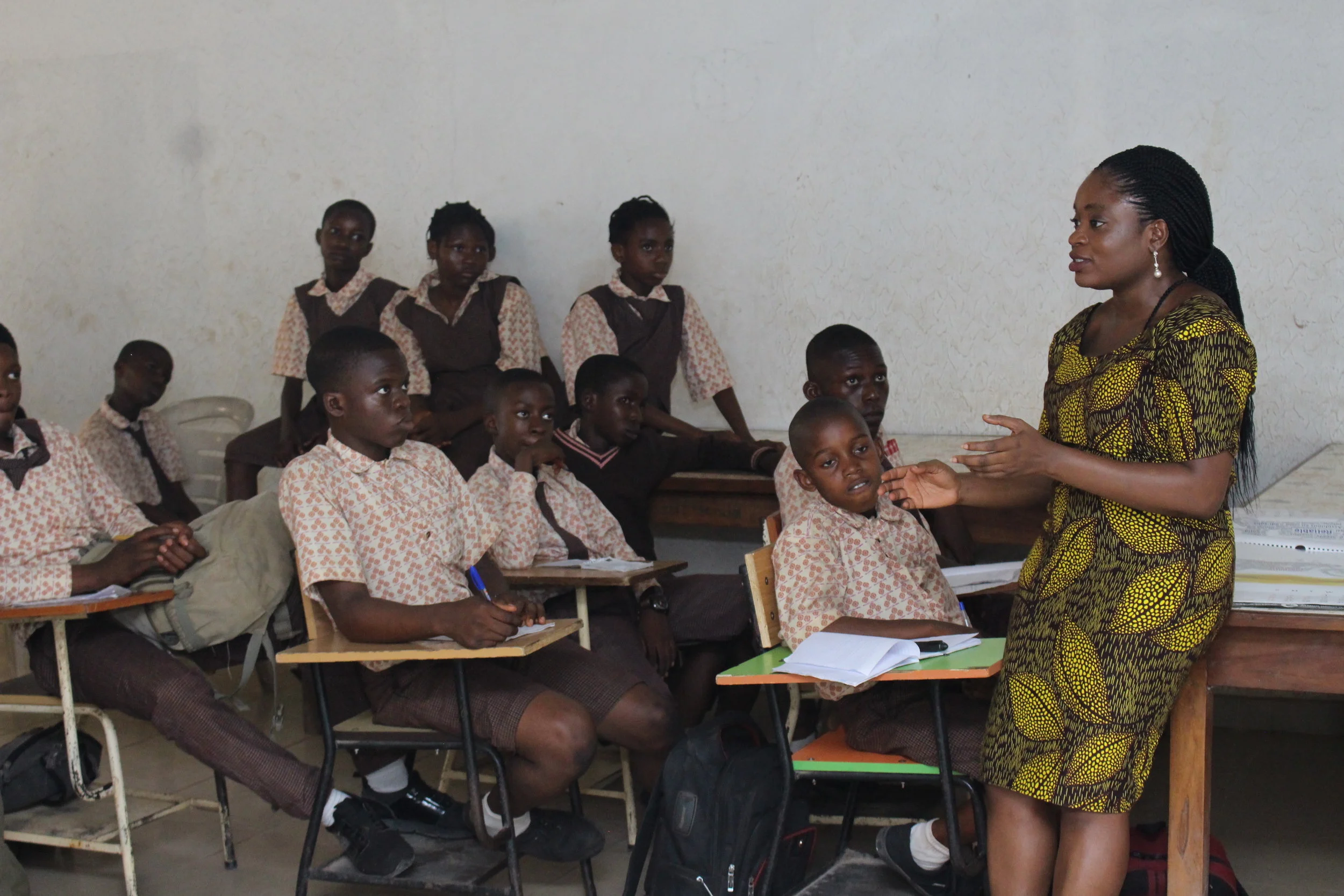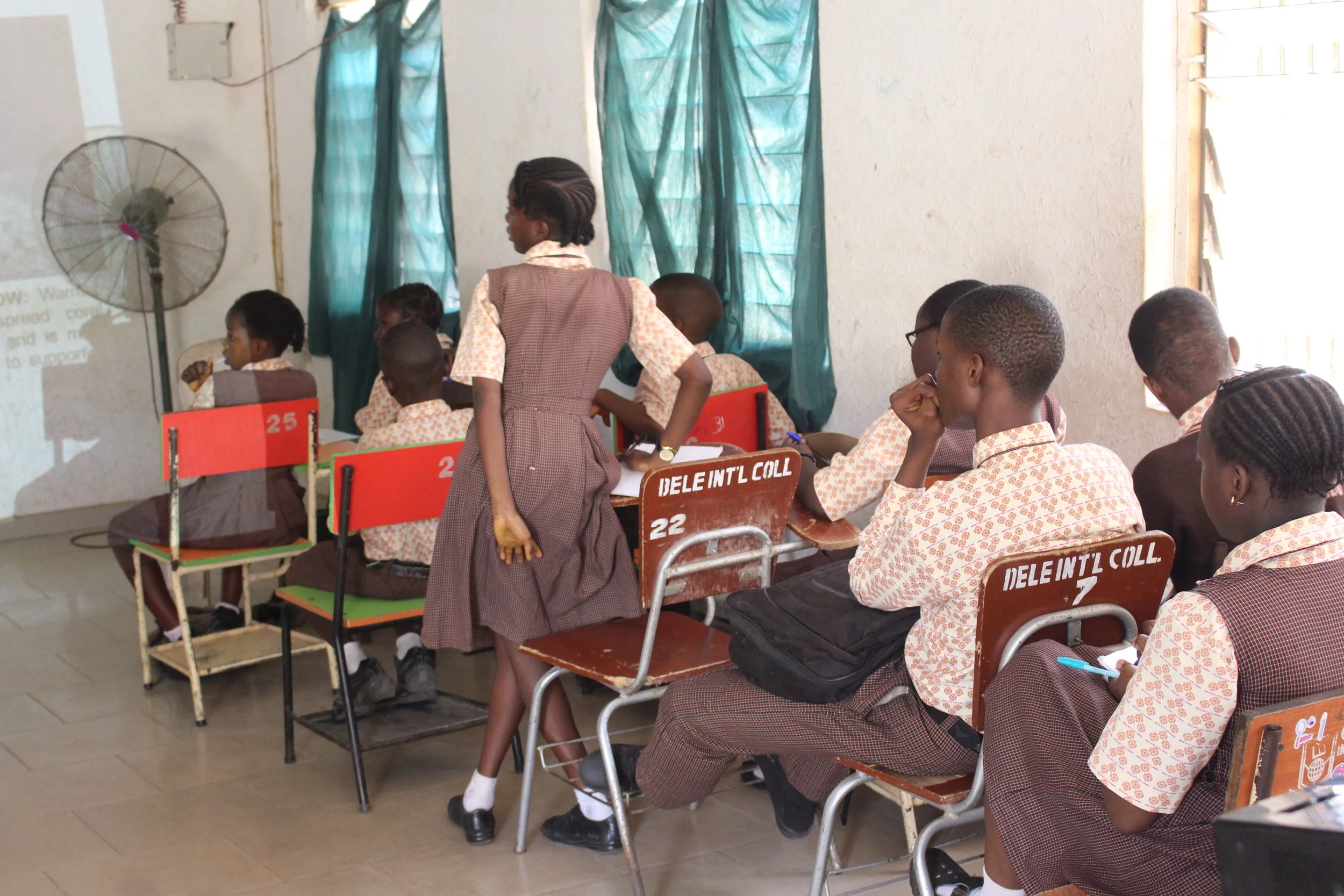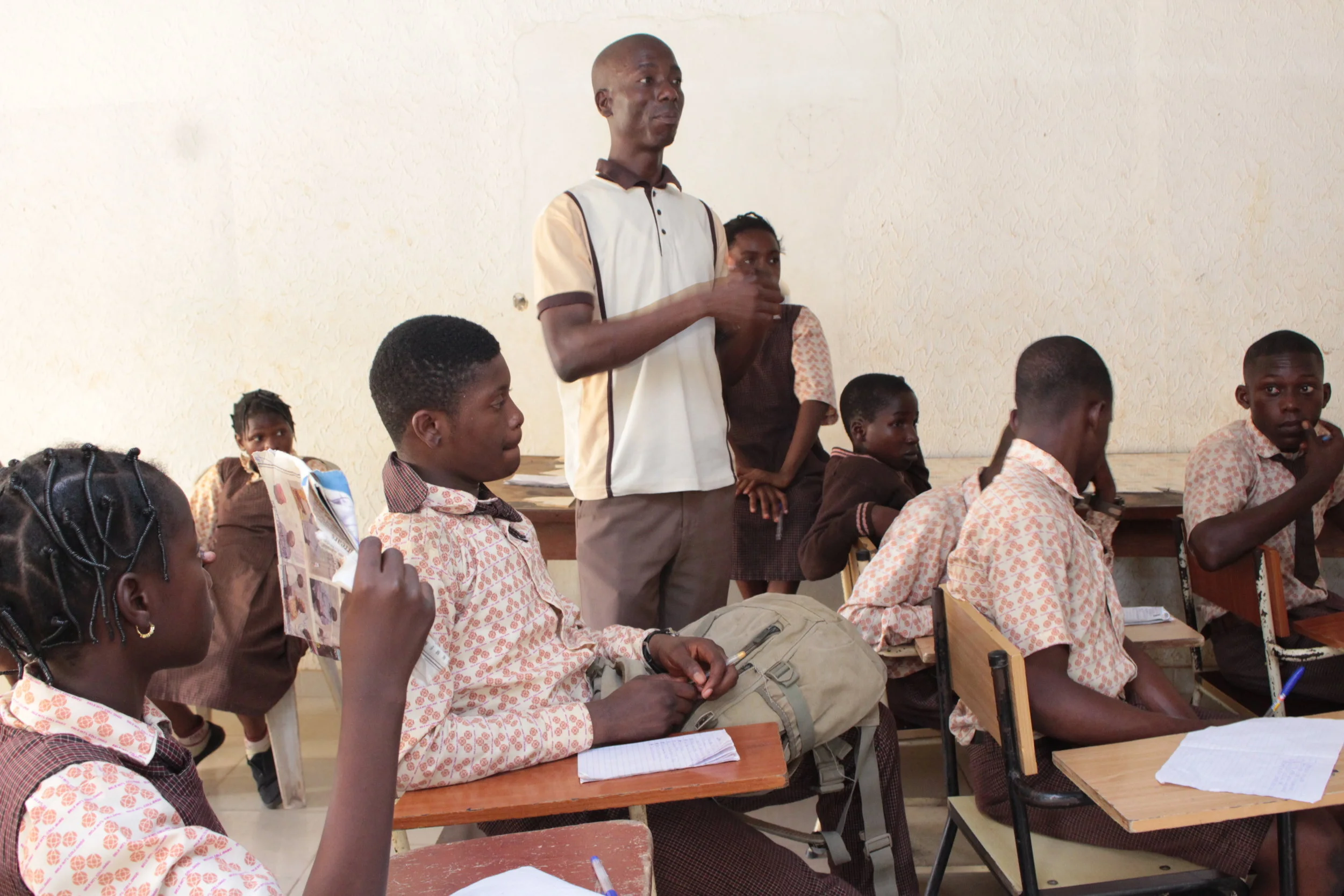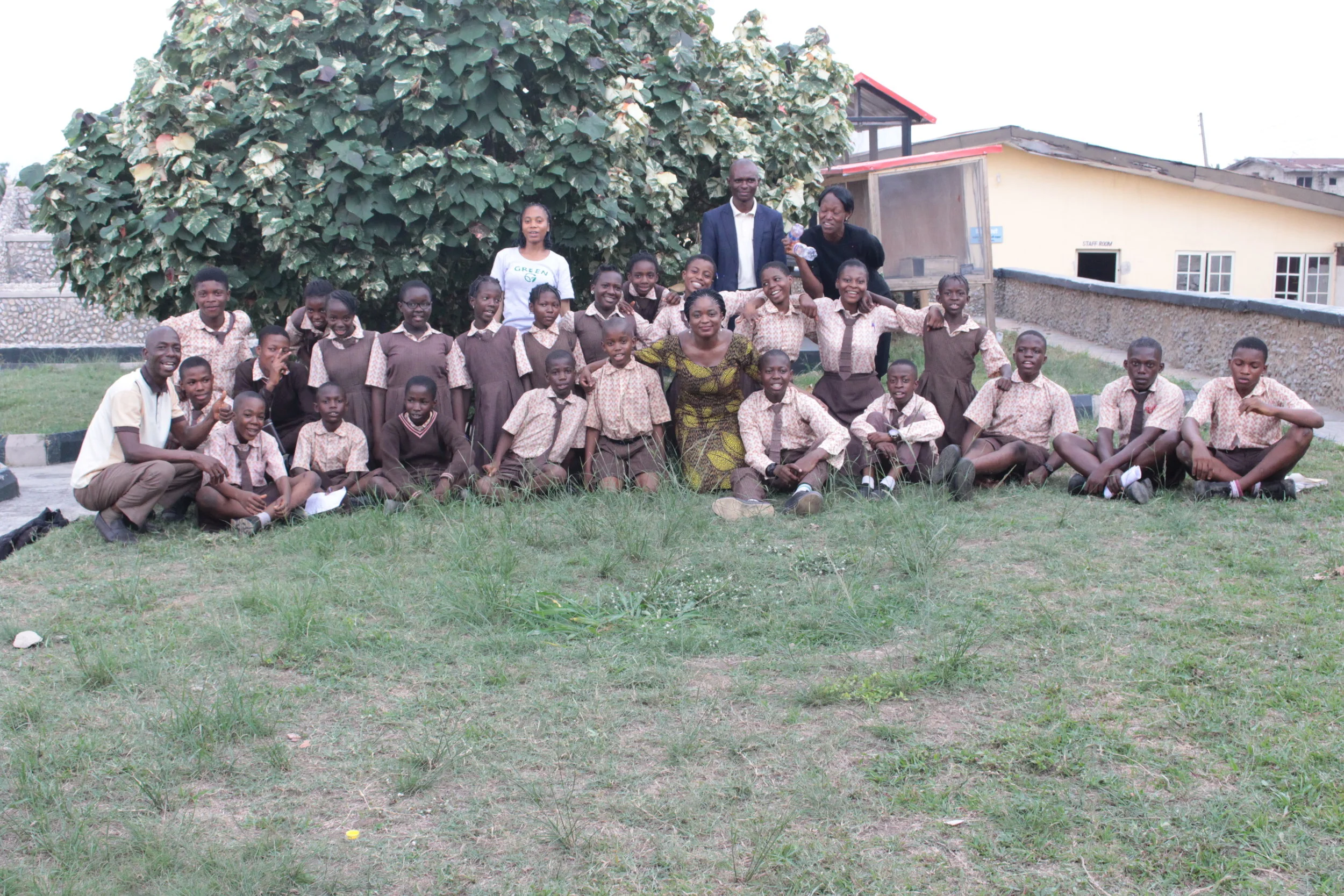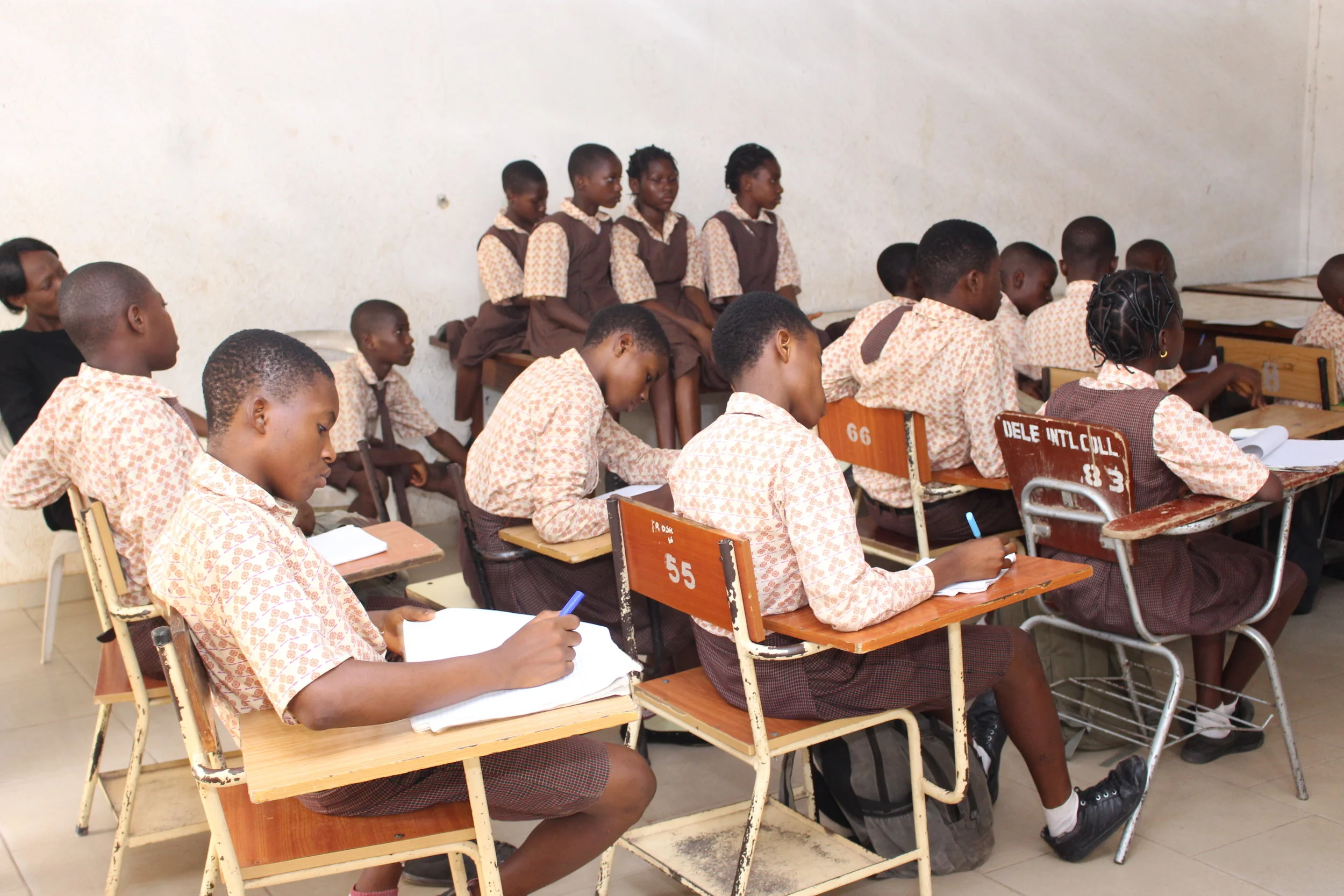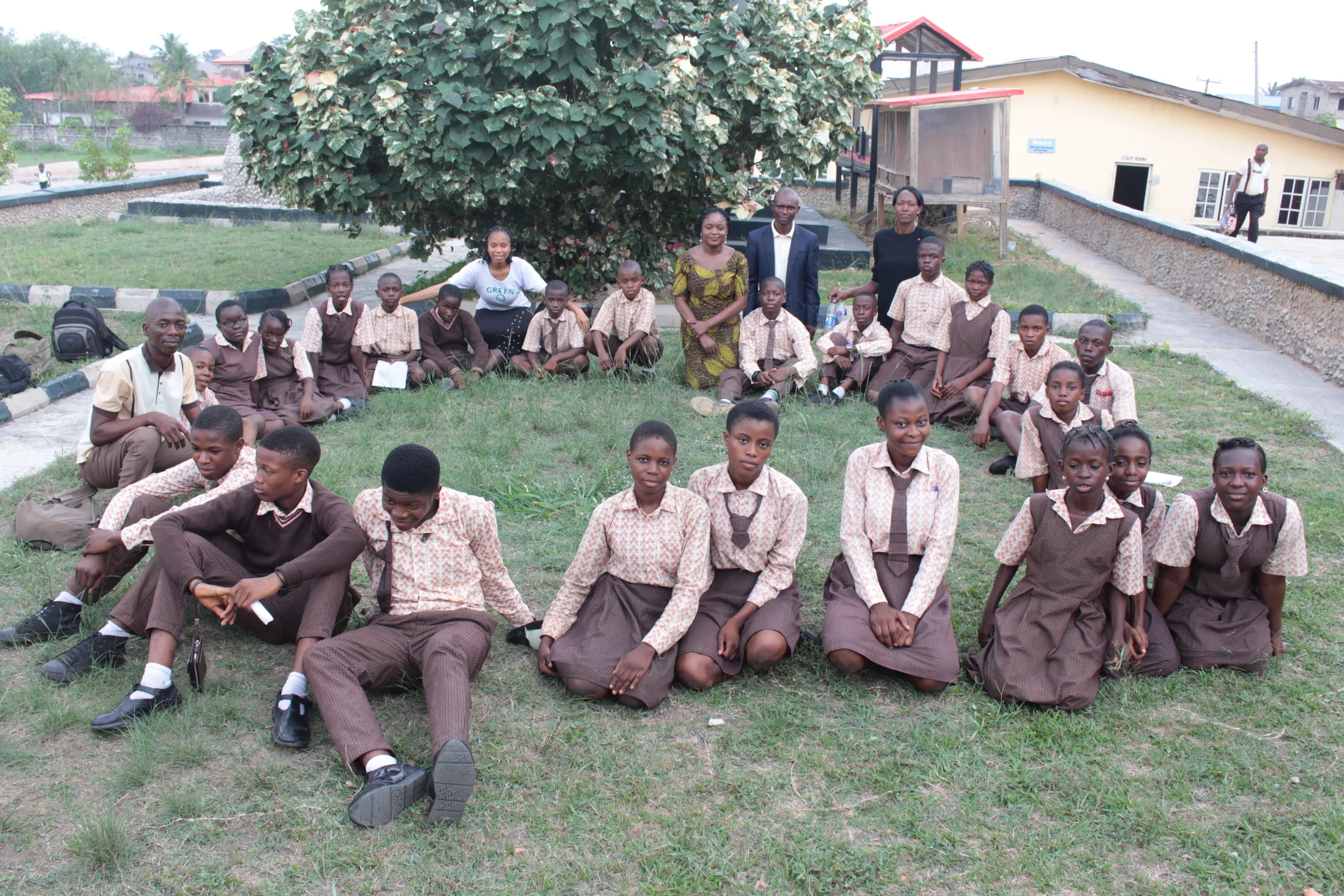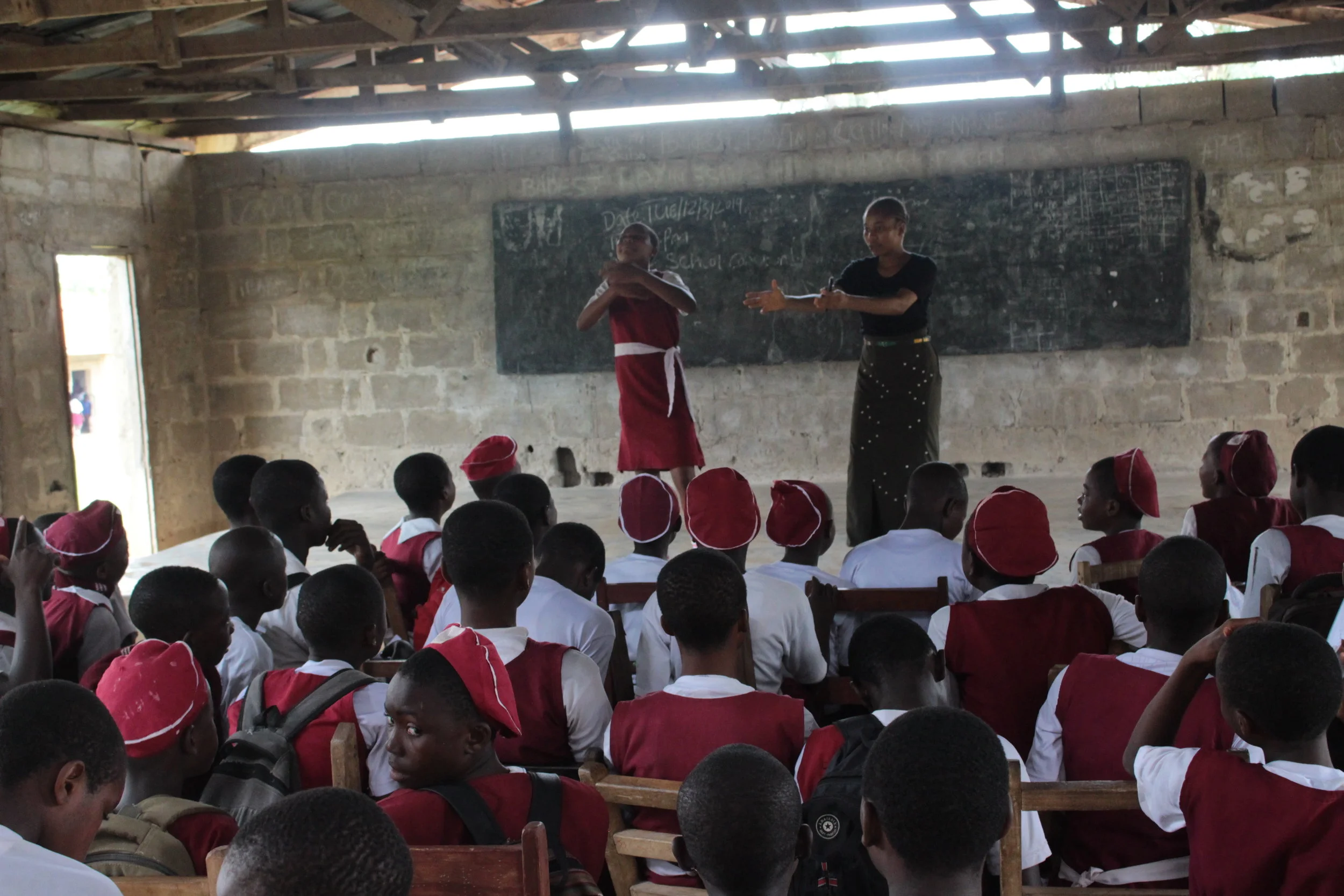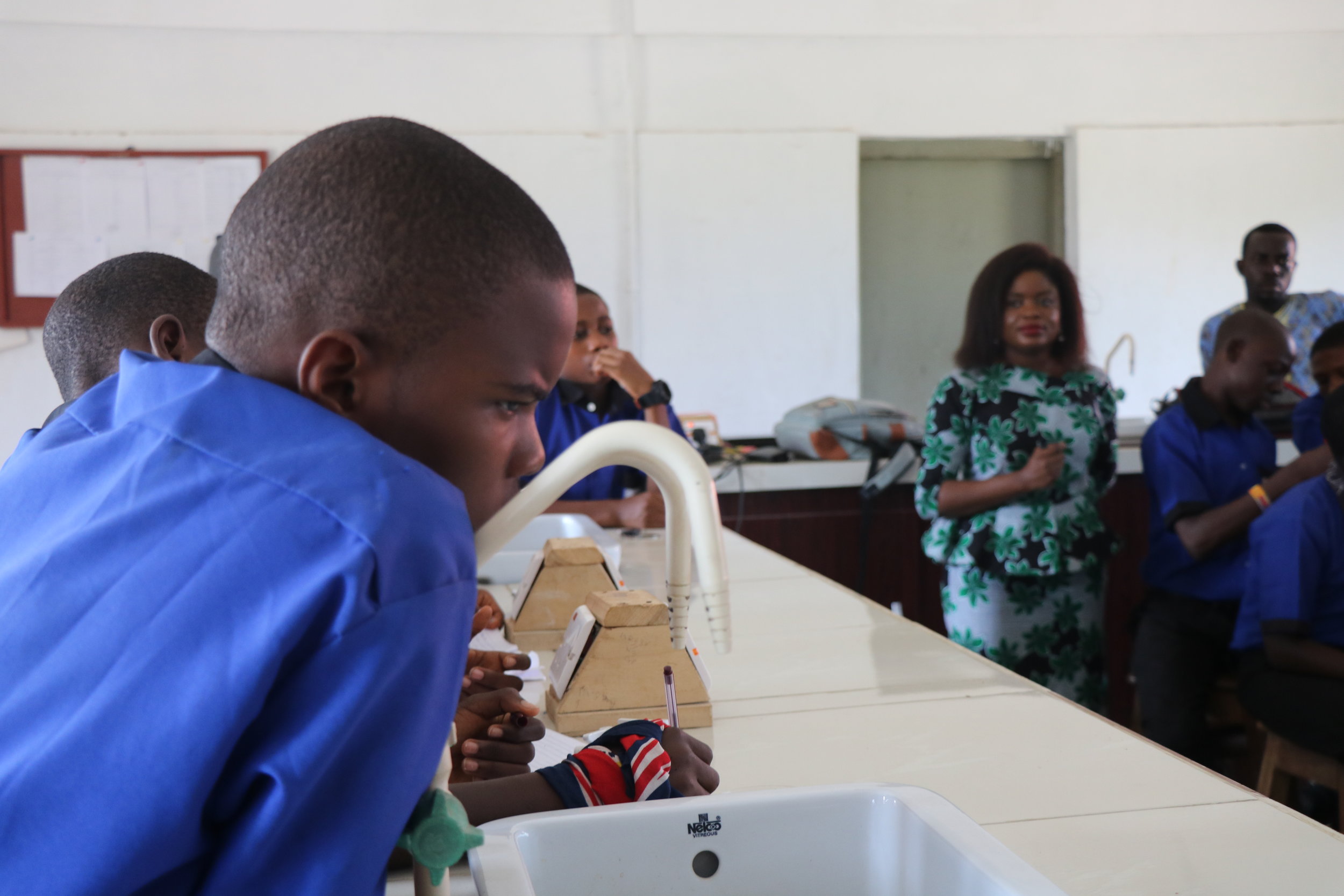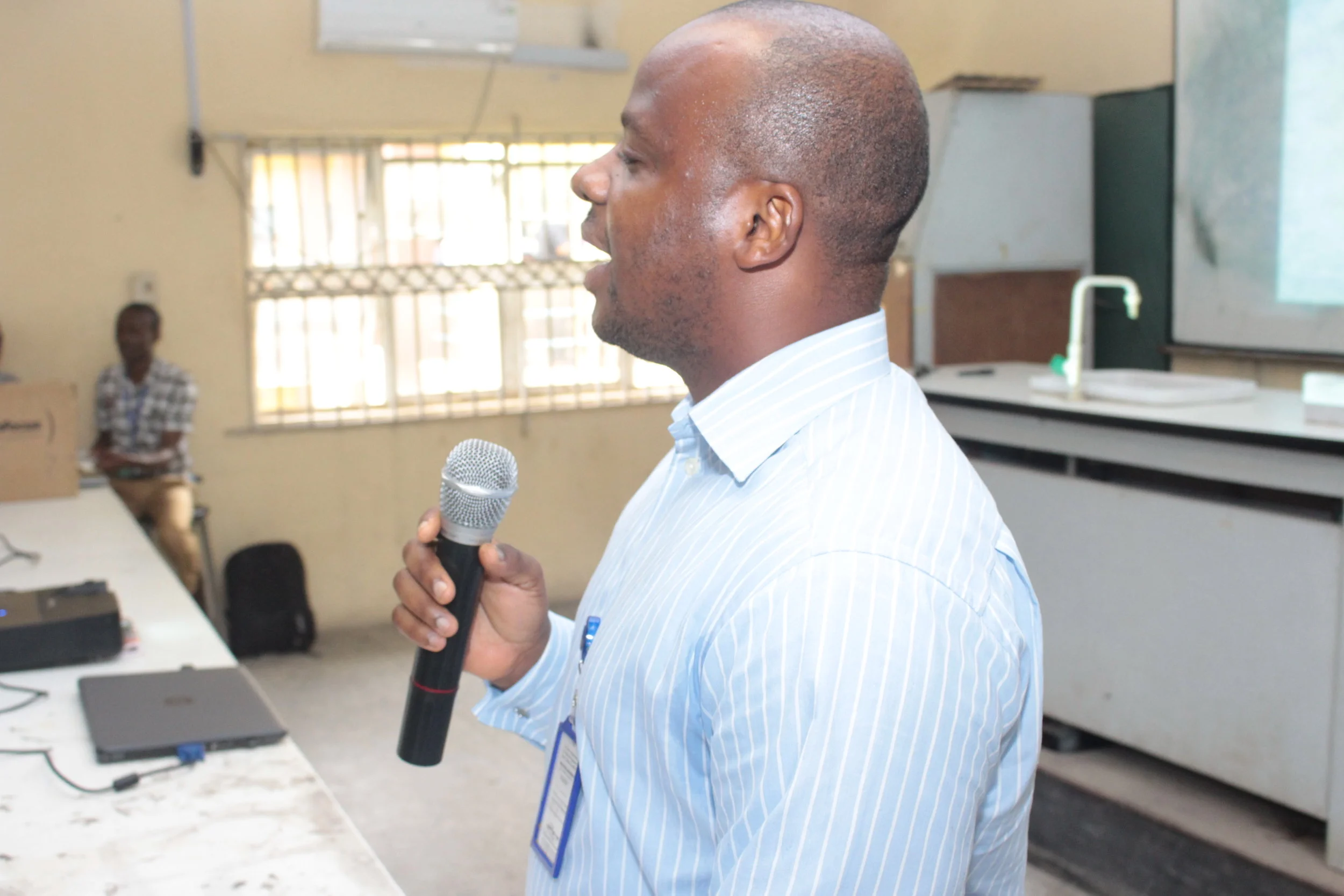Rotary International, with 1.2 million members worldwide as well as 500,000 young Rotaract members, has produced a handbook to inspire Rotarians to engage their communities for World Environment Day.
The handbook includes a selection of 11 green themes for activities that Rotary clubs can do for World Environment Day on 5 June and commitments they can make in the future. These include adopting a river, organising a clean-up, planting trees and measuring local air quality.
All six of the Rotary’s six corporate priority areas directly relate to the environment: promoting peace, fighting disease, providing clean water and sanitation, saving mothers and children, supporting education and growing local economies.
“A vital component to humanity’s well-being, we increasingly need to recognize the environment’s elemental role in creating truly sustainable and lasting change,” said Barry Rassin, President of Rotary International, 2018-2019 and Mark Maloney, President of Rotary International, 2019-2020. “The opportunity to collaborate with UN Environment — the United Nations agency that serves as the global authority on the environment — is well-timed for those who want to make a difference at the local level. Our collective efforts will result in greater global impact.”
Daniel Cooney, UN Environment’s Communication Deputy Director, welcomed Rotary putting its support behind World Environment Day.
“At a time when the environment is under threat, we need to unite people to take decisive and collective action to sustain our future,” he said. “The work of organizations like Rotary International can make a powerful contribution to our efforts to protect people and planet.”
World Environment Day is the United Nations day for encouraging worldwide awareness and action to protect our environment. It is the "people's day" for doing something to take care of the Earth. This year’s theme is on air pollution, a call to action to combat one of the greatest environmental challenges of our time, chosen by this year’s host, China.
“At a time when the environment is under threat, we need to unite people to take decisive and collective action to sustain our future,” he said. “The work of organizations like Rotary International can make a powerful contribution to our efforts to protect people and planet.”
World Environment Day is the United Nations day for encouraging worldwide awareness and action to protect our environment. It is the "people's day" for doing something to take care of the Earth. This year’s theme is on air pollution, a call to action to combat one of the greatest environmental challenges of our time, chosen by this year’s host, China.
Rotary International, with 1.2 million members worldwide as well as 500,000 young Rotaract members, has produced a handbook to inspire Rotarians to engage their communities for World Environment Day.
The handbook includes a selection of 11 green themes for activities that Rotary clubs can do for World Environment Day on 5 June and commitments they can make in the future. These include adopting a river, organising a clean-up, planting trees and measuring local air quality.
All six of the Rotary’s six corporate priority areas directly relate to the environment: promoting peace, fighting disease, providing clean water and sanitation, saving mothers and children, supporting education and growing local economies.
“A vital component to humanity’s well-being, we increasingly need to recognize the environment’s elemental role in creating truly sustainable and lasting change,” said Barry Rassin, President of Rotary International, 2018-2019 and Mark Maloney, President of Rotary International, 2019-2020. “The opportunity to collaborate with UN Environment — the United Nations agency that serves as the global authority on the environment — is well-timed for those who want to make a difference at the local level. Our collective efforts will result in greater global impact.”
Daniel Cooney, UN Environment’s Communication Deputy Director, welcomed Rotary putting its support behind World Environment Day.
“At a time when the environment is under threat, we need to unite people to take decisive and collective action to sustain our future,” he said. “The work of organizations like Rotary International can make a powerful contribution to our efforts to protect people and planet.”
World Environment Day is the United Nations day for encouraging worldwide awareness and action to protect our environment. It is the "people's day" for doing something to take care of the Earth. This year’s theme is on air pollution, a call to action to combat one of the greatest environmental challenges of our time, chosen by this year’s host, China.
















